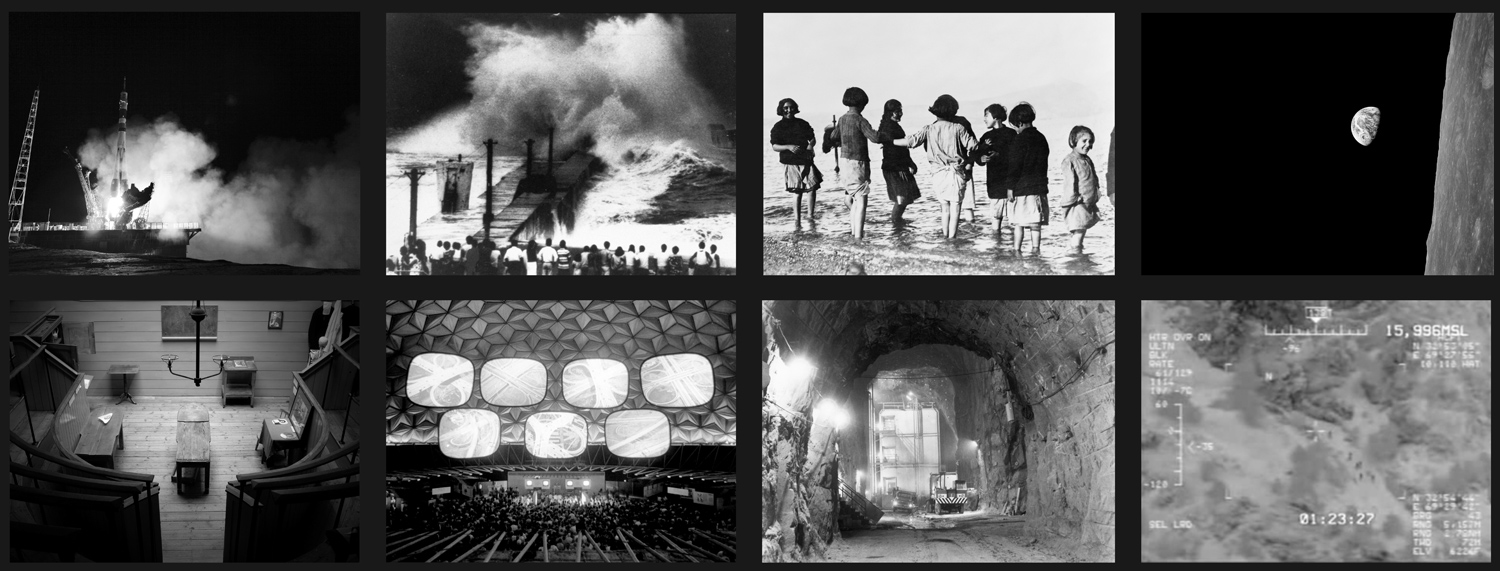
Later this year, a communications satellite called the EchoStar XVI will be launched from Kazakhstan. The 14,500 lb. spacecraft is predicted to work for about 15 years. It will then continue to float 19,000 miles above Earth’s sea level, in a geostationary orbit that is so stable that the satellite will be there as long as there’s an Earth.
Hundreds of these dead satellites are orbiting us already, comprising what is essentially a floating junkyard that will endure well past human extinction, possibly for four billion years, when the earth is swallowed by its dying sun. What makes EchoStar XVI unique is not the unfathomable depths of time it will vault, but the fact that it will carry an art project.
Artist Trevor Paglen is fascinated by the notion that these spacecraft will be the most enduring relics of human civilization. When invited by the public art organization Creative Time to make a project about space, he proposed to somehow send up images with a satellite, and that those images would be “a story about what happened to the people who build the great ring of dead machines around Earth.” The project, The Last Pictures, rolls out in New York next week, ending a five-year journey.
Though Paglen admits that it’s unlikely that the images will ever actually be discovered by yet-unknown future aliens, he took seriously the science that would make it even remotely possible. At an artist’s residency at MIT, he worked with scientists who developed a hyper-archival, gold-plated disc, on which pictures are micro-etched. He also took seriously the question of which images should be sent up, assembling a research team and interviewing anthropologists, artists and scientists.
In the end, the EchoStar XVI will launch, bearing 100 images into the depths of time. What are they? “The images are not meant to be a grand representation of ‘mankind’ or a portrait of humanity. Instead they are a montage about a civilization that finds itself in a moment of deep uncertainty about its own future,” says Paglen.
Sourced from governmental agencies, libraries and artists (including Paglen’s own work), many of the 100 undated pictures circle around the topics of science, technology and the environment. Many suggest that the miraculous scientific and technological advances mankind has achieved—the very ones that enabled us to launch a satellite that will orbit for millennia—are the means to our end.
Other images seem spectacularly random: One picture shows gloved hands holding Leon Trotsky’s brain, while “A Study in Perspective” by Ai Wei Wei shows the dissident artist flipping the Eiffel Tower the bird. Extended captions to many of these images are available to us in a catalogue, but one wonders how the future aliens would make any sense of them. The inscrutability of these images happens to also be part of the point.
The sometimes oblique images chosen for The Last Pictures were partly inspired by the mysterious visual remnants of ancient civilizations, like the cave paintings in Lascaux, and the moai, for which Easter Island is famous. Those artifacts have never entirely yielded their meaning, and yet they were made relatively recently, in terms of the “deep time” of space. “The notion that the message could actually mean anything at all seems ridiculous…but the probability of people on Earth thinking about it here and now is guaranteed,” writes Paglen in the book that accompanies the project.
And it’s true. It seems inherently valuable, if desperately sad, for us to visualize a time when we won’t exist. The processes, with which we are making ourselves extinct, are still ongoing, after all.
The first public event for The Last Pictures, which takes place today, will feature a reading by Pulitzer Prize-winning poet Tracy K. Smith, as well as a conversation between Paglen and the famed filmmaker Werner Herzog, whose recent Cave of Forgotten Dreams was about the caves of Lascaux. The two will discuss cultural artifacts, civilization and space exploration. The event is New York City’s Bryant Park—fittingly, under the stars.
Joanna Lehan is assistant curator at the International Center of Photography, and was editor of Paglen’s book, Invisible: Covert Operations and Classified Landscapes, which you can see here on Lightbox.
The Last Pictures is published by Creative Time Books and the University of California Press.
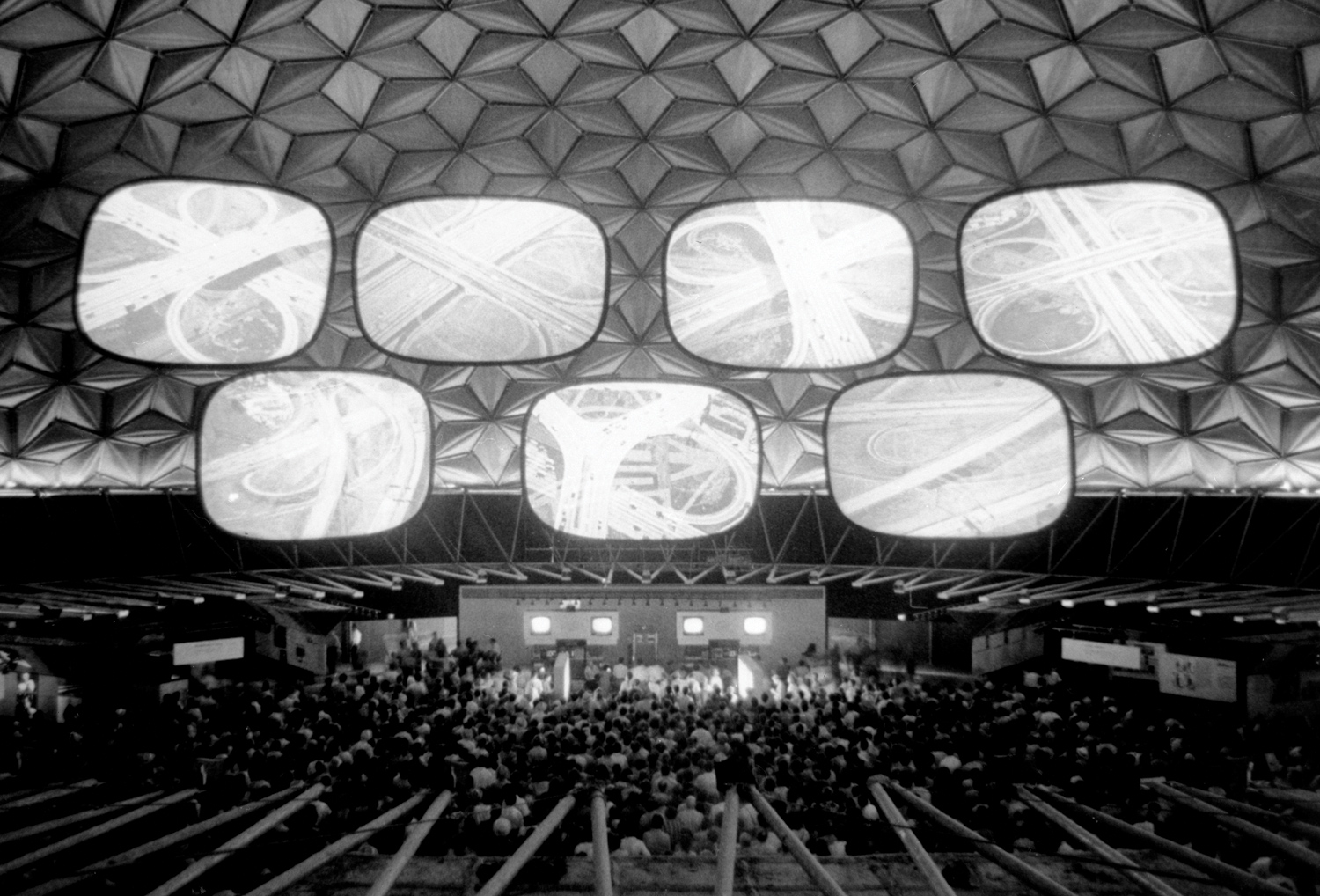


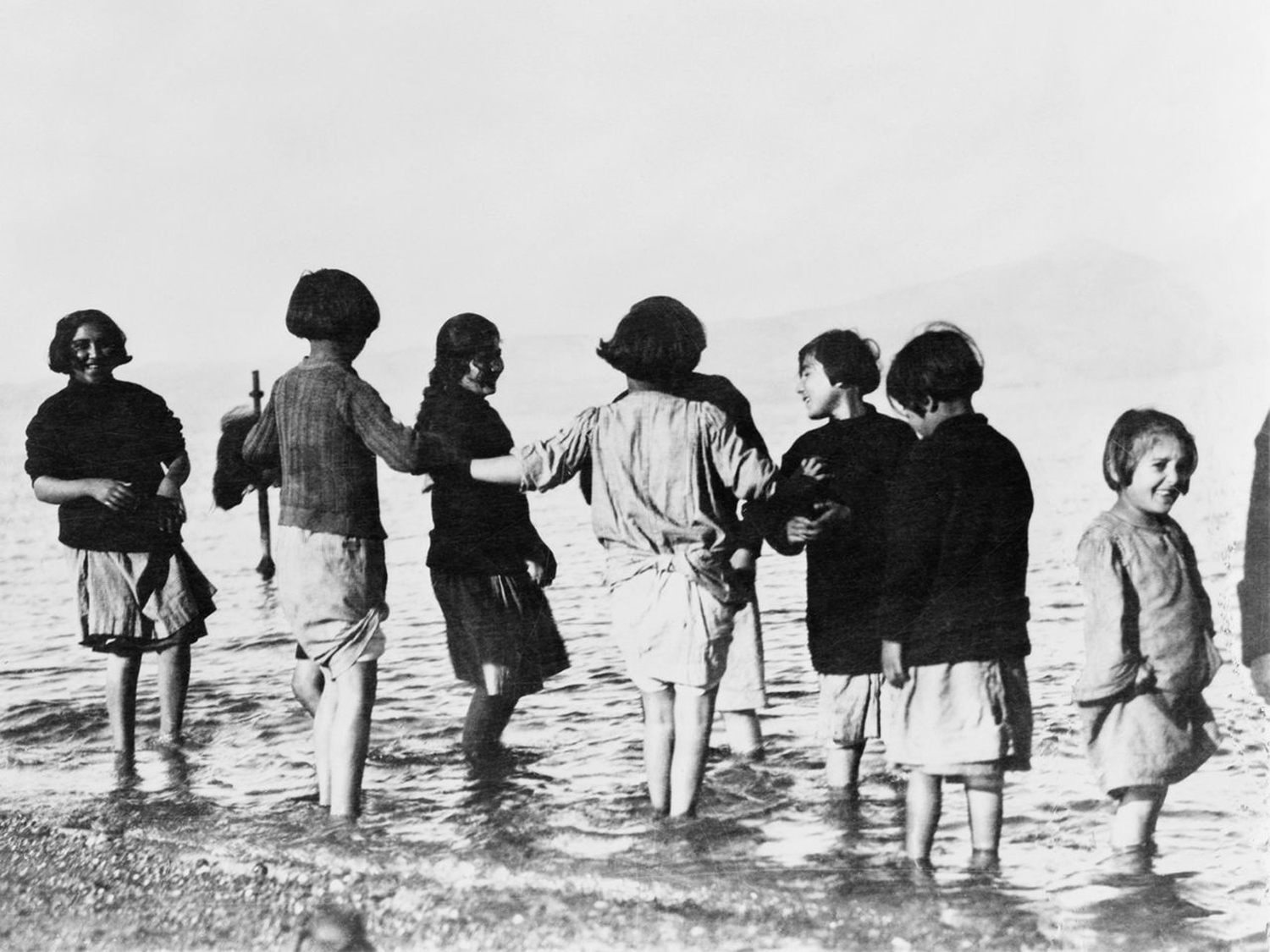
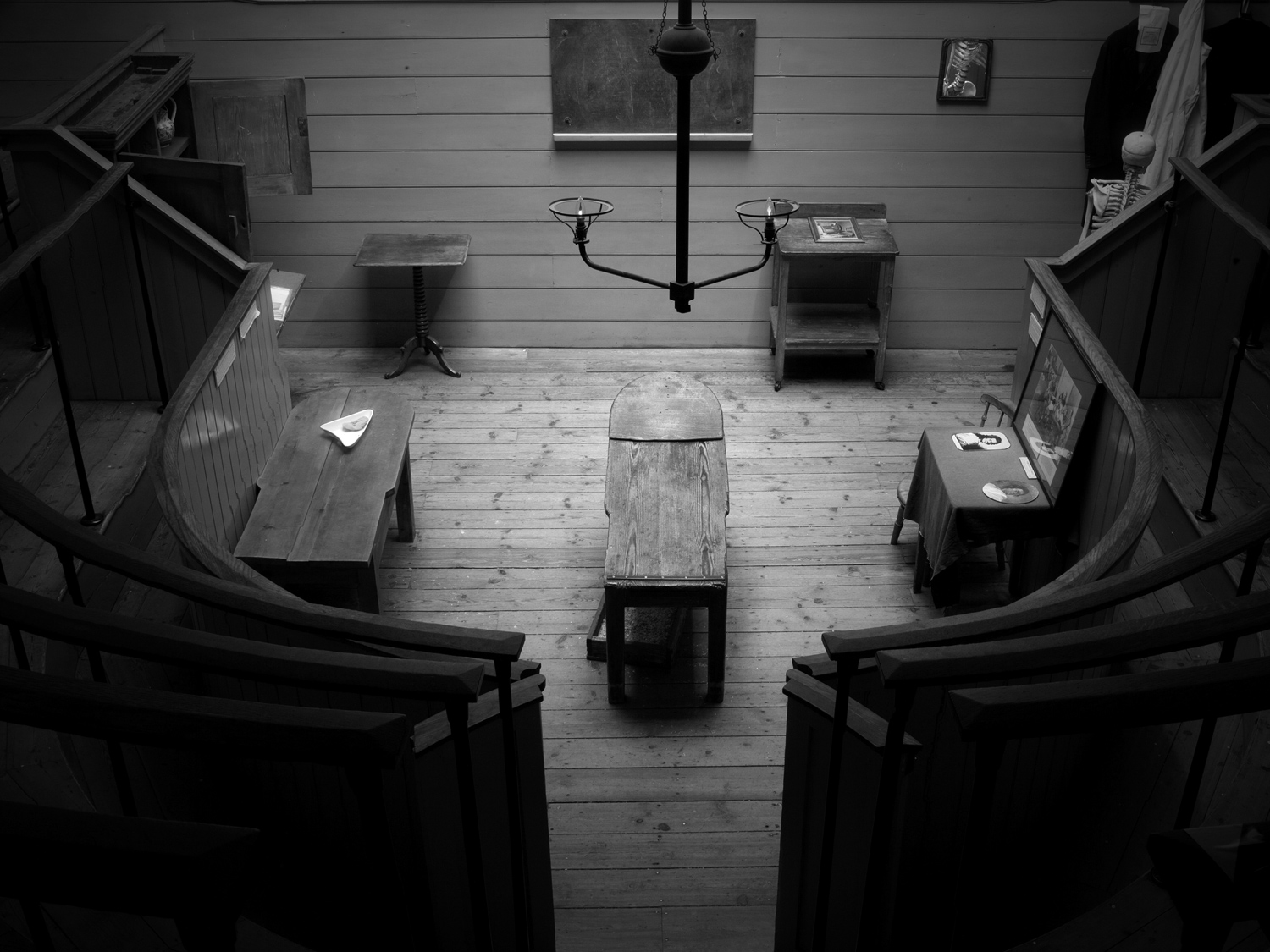
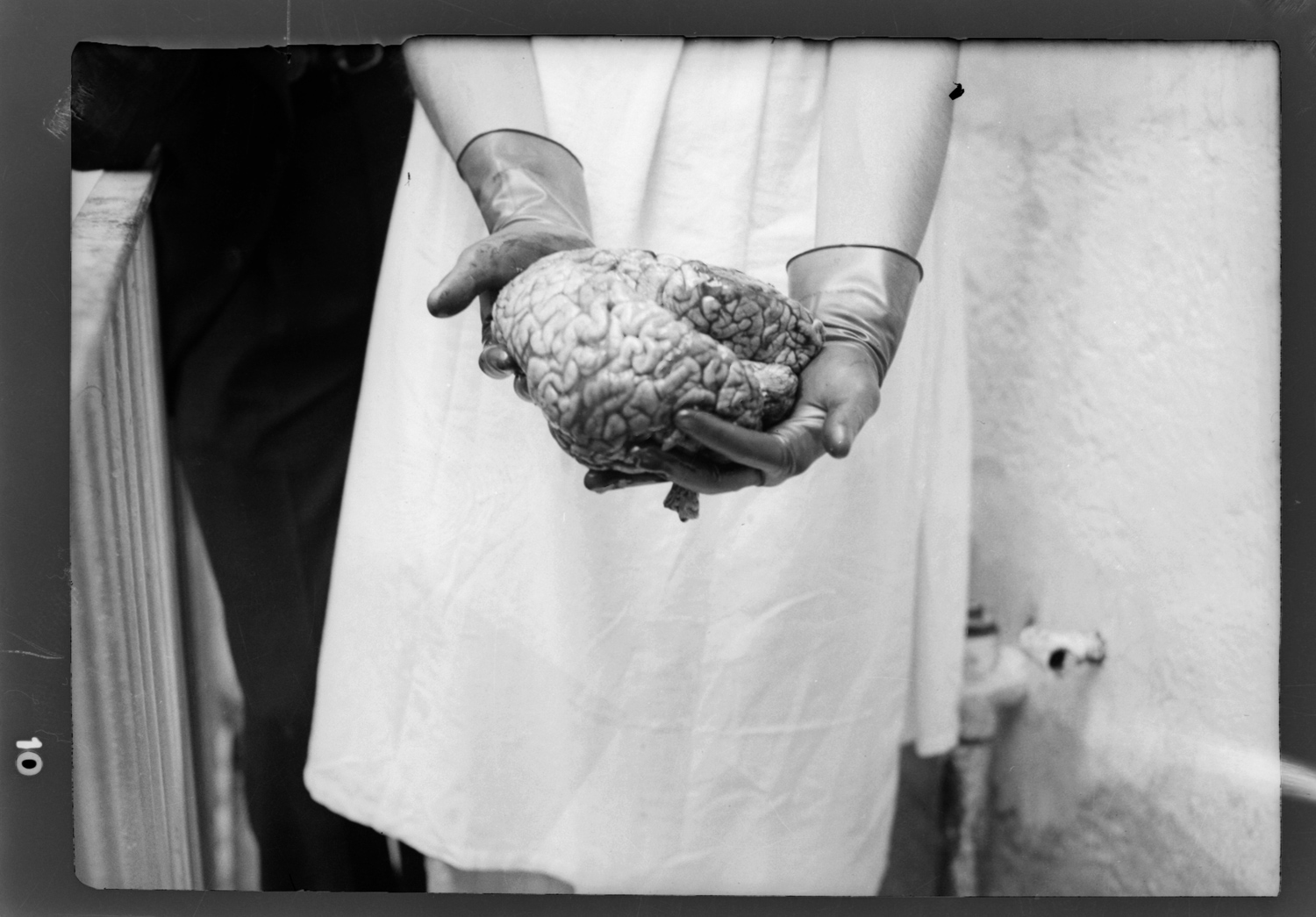
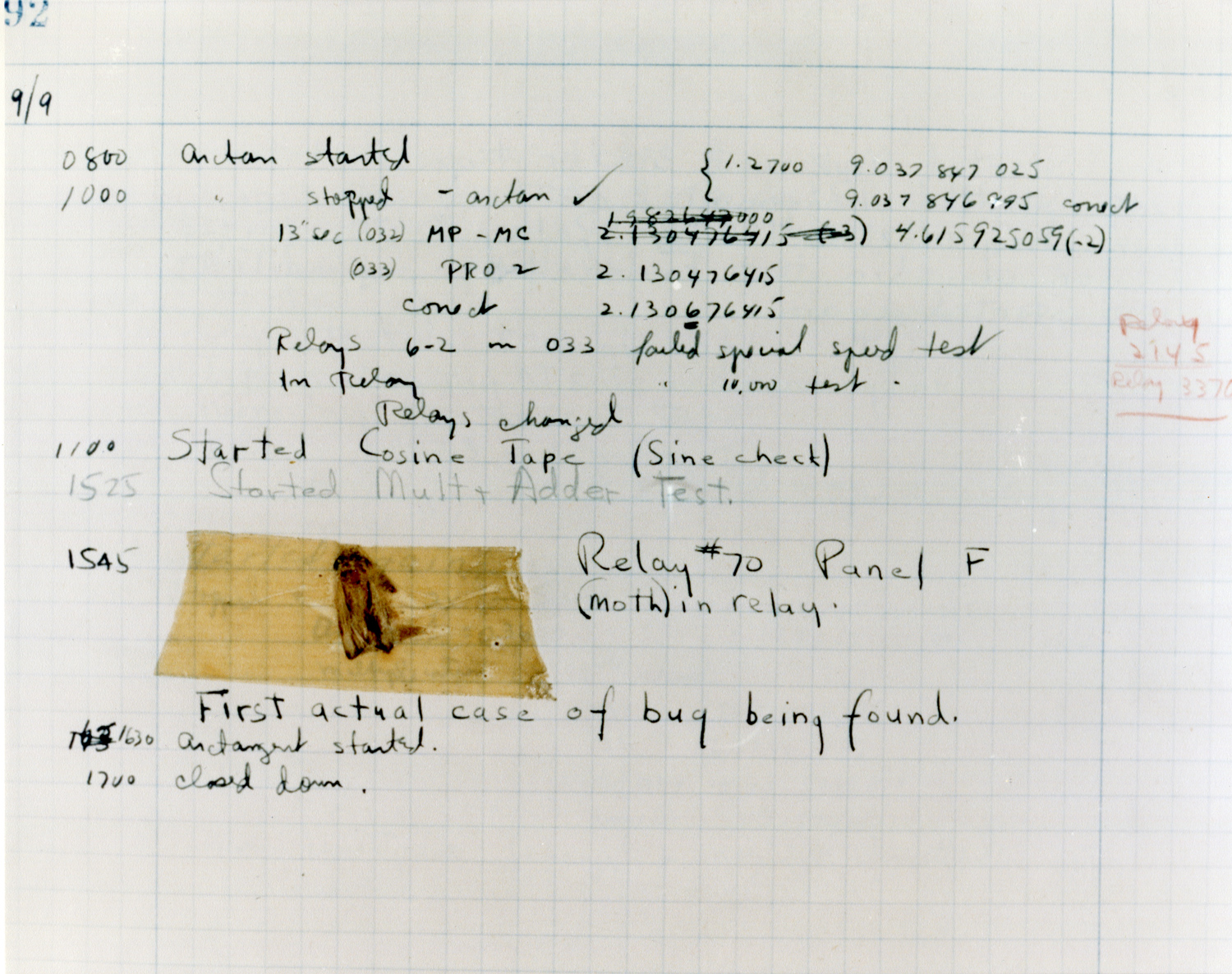
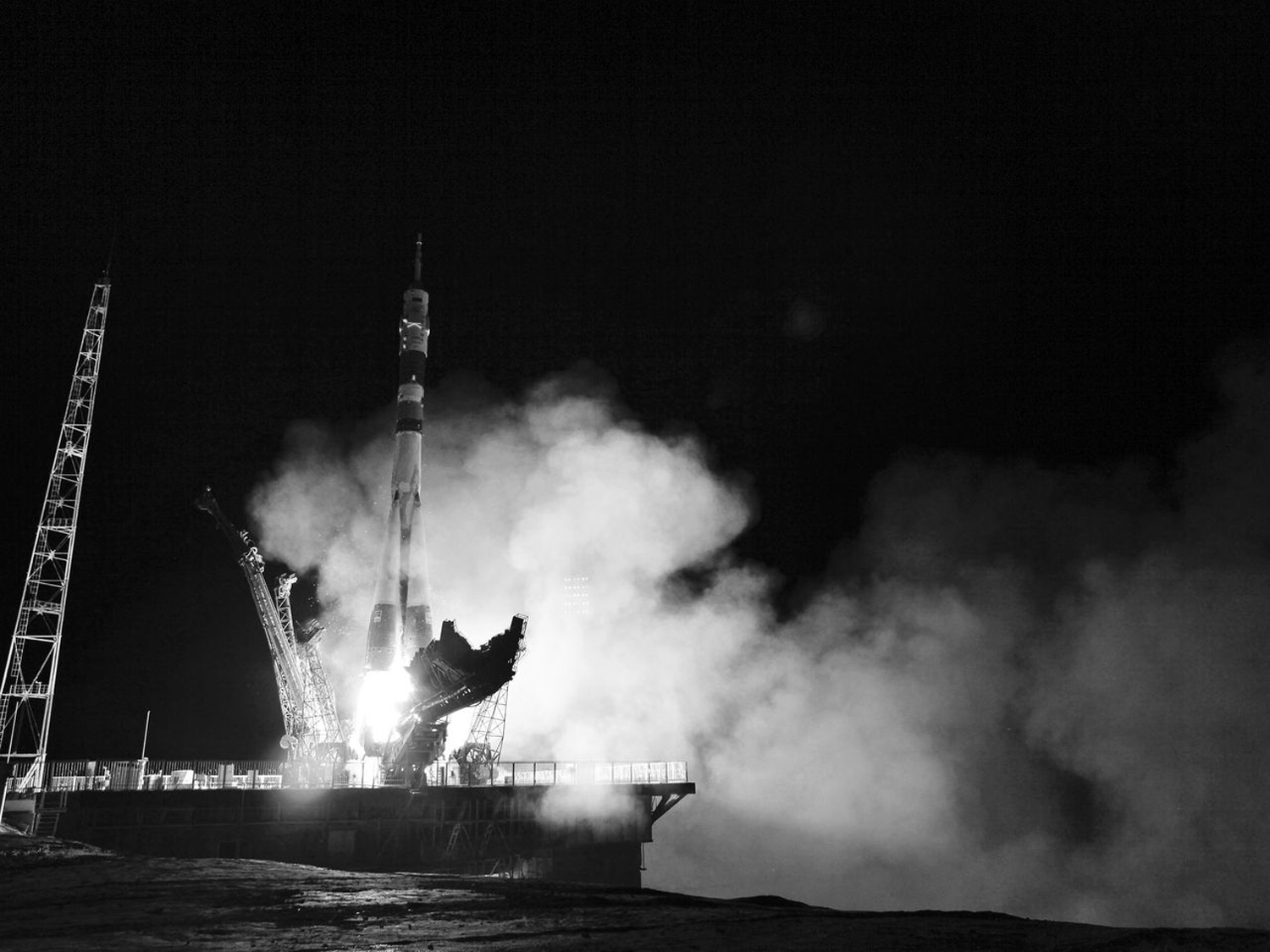
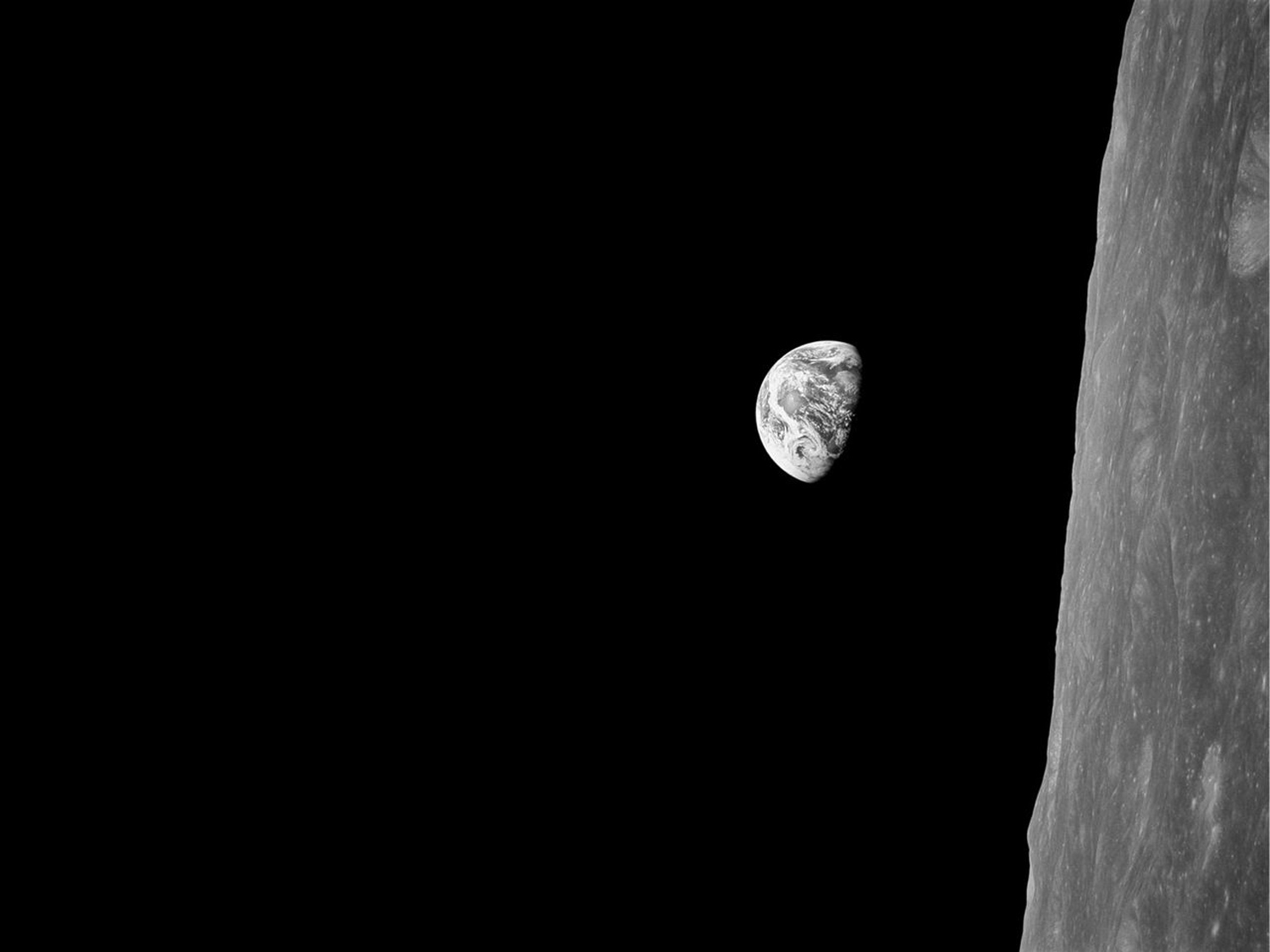

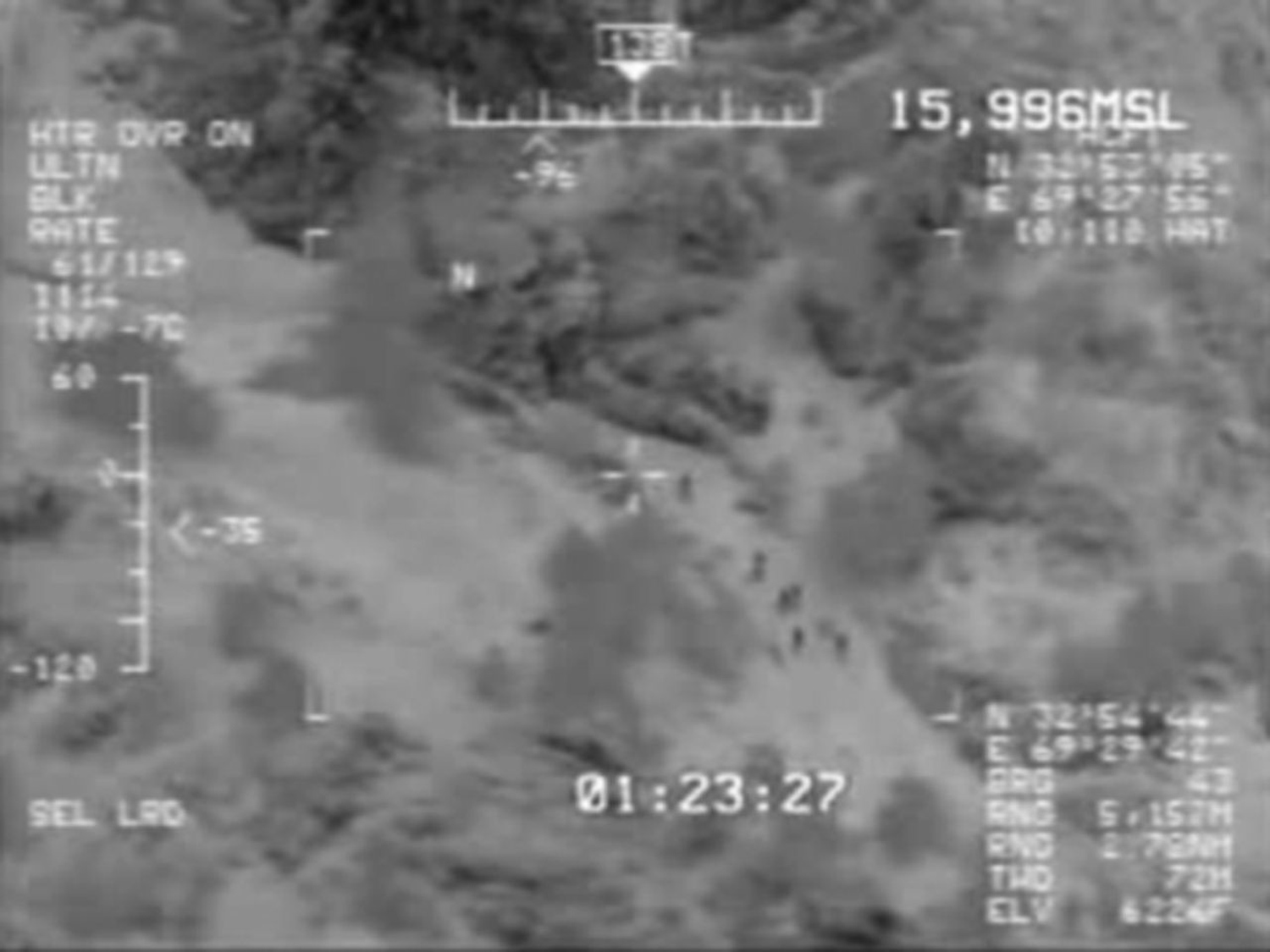
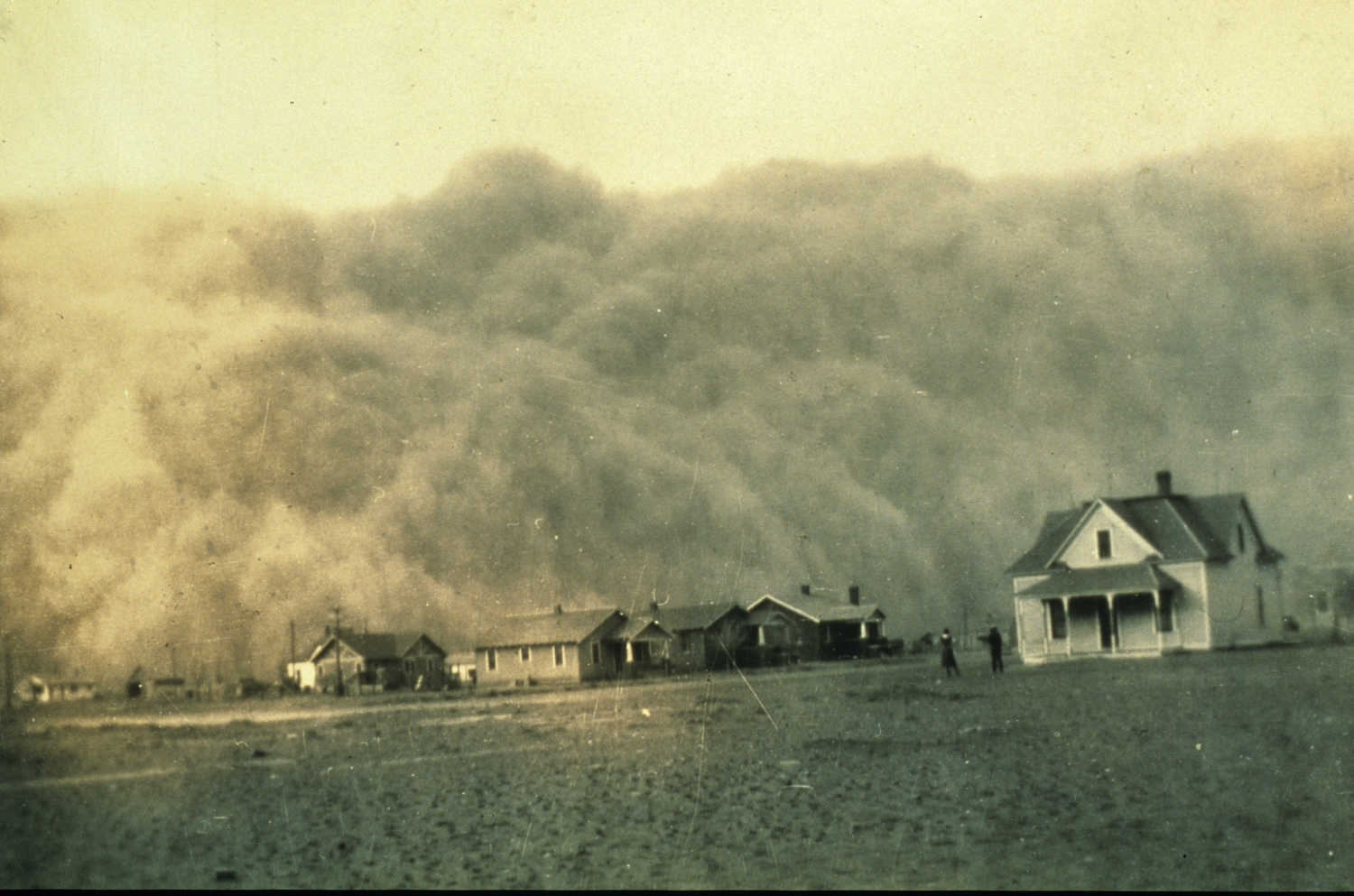
More Must-Reads from TIME
- Cybersecurity Experts Are Sounding the Alarm on DOGE
- Meet the 2025 Women of the Year
- The Harsh Truth About Disability Inclusion
- Why Do More Young Adults Have Cancer?
- Colman Domingo Leads With Radical Love
- How to Get Better at Doing Things Alone
- Michelle Zauner Stares Down the Darkness
Contact us at letters@time.com